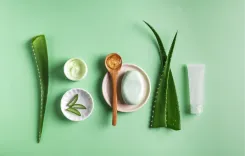Effective Ways to Eliminate Bathroom Mildew
By Ashmal Shah
25 May 2023
Bathroom mildew can be a pesky and unsightly problem that many homeowners face. It thrives in damp, poorly ventilated areas, and can not only cause unpleasant odors but also damage surfaces over time. Fortunately, there are several effective strategies to combat and prevent bathroom mildew. By following these simple steps, you can say goodbye to mildew and enjoy a fresh, clean bathroom once again.
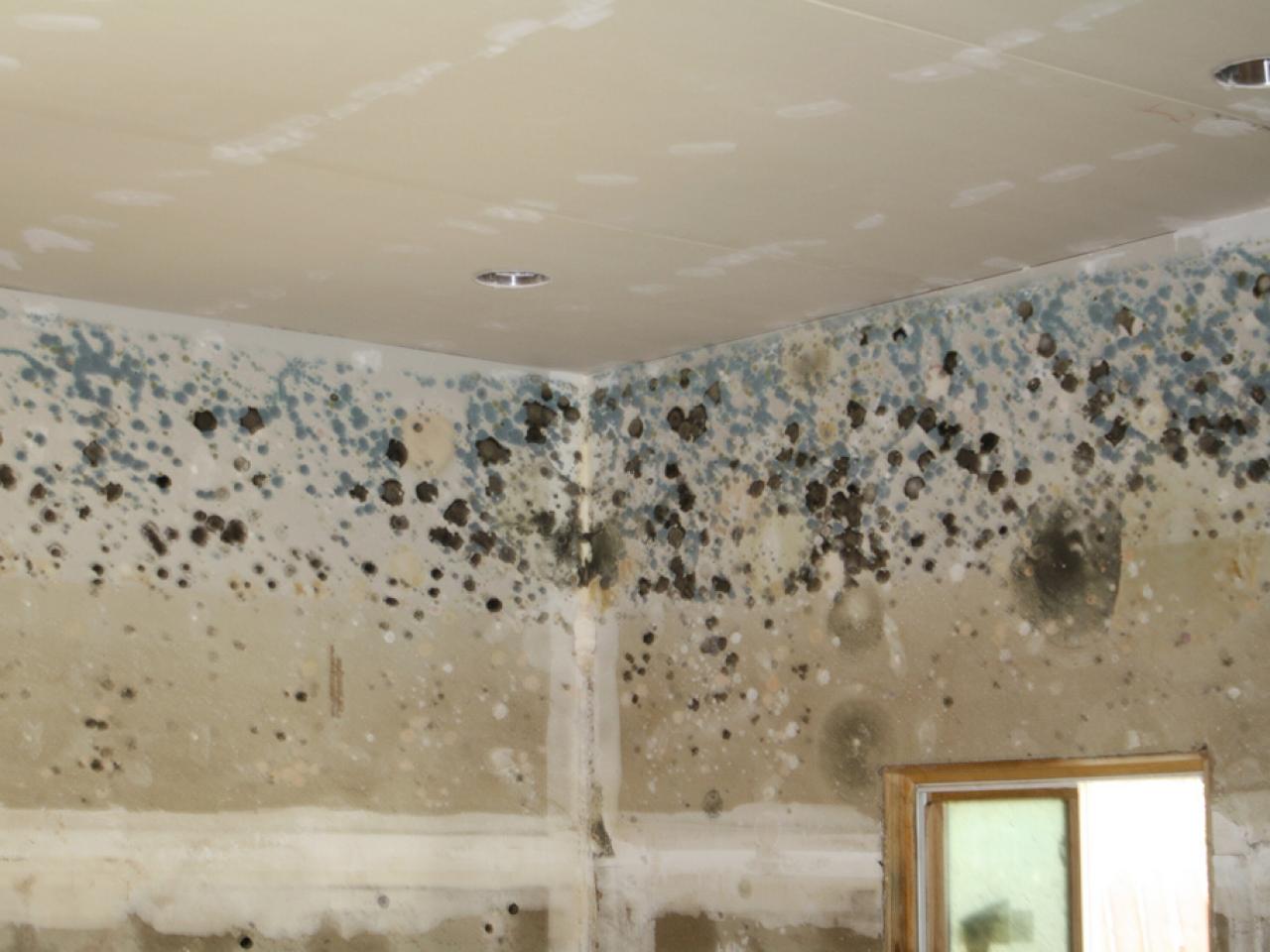
Identify the Source
Before diving into the removal process, it's crucial to identify the source of moisture that promotes mildew growth. Common culprits include leaky pipes, inadequate ventilation, or excessive humidity. Inspect your bathroom thoroughly, paying attention to areas prone to moisture accumulation, such as the shower, bathtub, sink, and walls near water fixtures. Addressing the underlying issue will help prevent mildew from recurring after removal.
Improve Ventilation
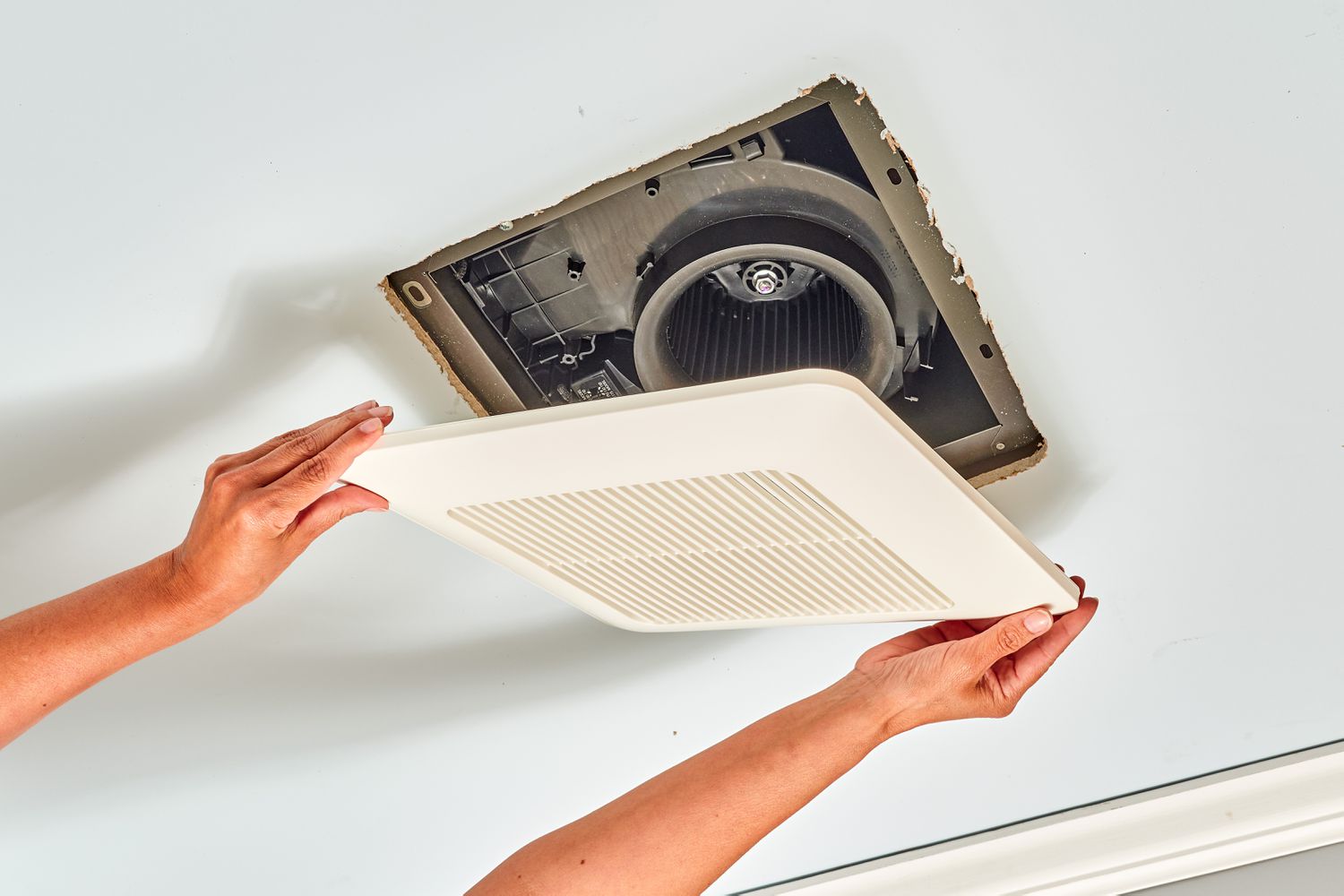
Proper ventilation is essential in controlling bathroom mildew. Ensure that your bathroom is adequately ventilated to reduce excess moisture in the air. If you have a window, open it during and after showering to let the steam escape. Additionally, consider installing an exhaust fan to enhance airflow and remove moisture effectively. Run the fan for at least 30 minutes after showering to ensure all excess humidity is eliminated.
Keep Surfaces Dry
Mildew thrives in damp environments, so it's crucial to keep surfaces dry to prevent its growth. After using the bathroom, wipe down wet areas such as the shower walls, bathtub, and sink with a dry cloth or squeegee. Pay attention to corners, grout lines, and caulked areas where moisture tends to accumulate. By minimizing moisture on surfaces, you create an environment that is less conducive to mildew growth.
Regular Cleaning Routine
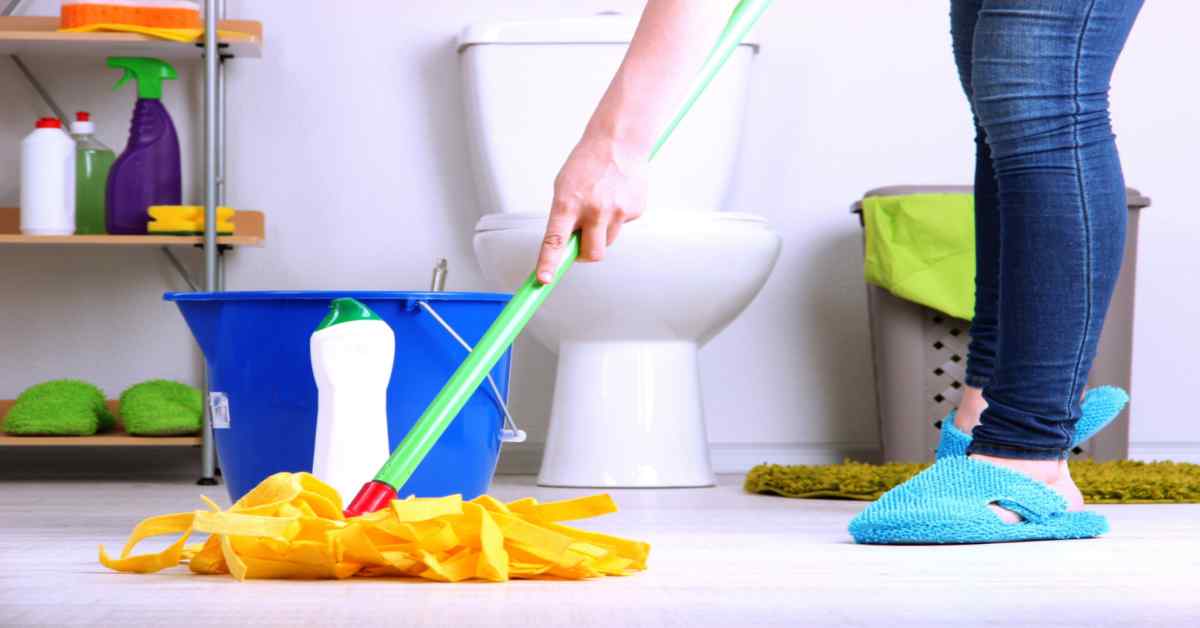
Establishing a regular cleaning routine is essential to combat bathroom mildew. Clean your bathroom at least once a week using a mildew-fighting cleaner or a solution of equal parts water and vinegar. Focus on areas prone to mildew, such as tile grout, caulk, shower curtains, and bath mats. Scrub the surfaces thoroughly and rinse with clean water. Regular cleaning helps remove existing mildew and prevents its recurrence.
Use Mold-Resistant Materials
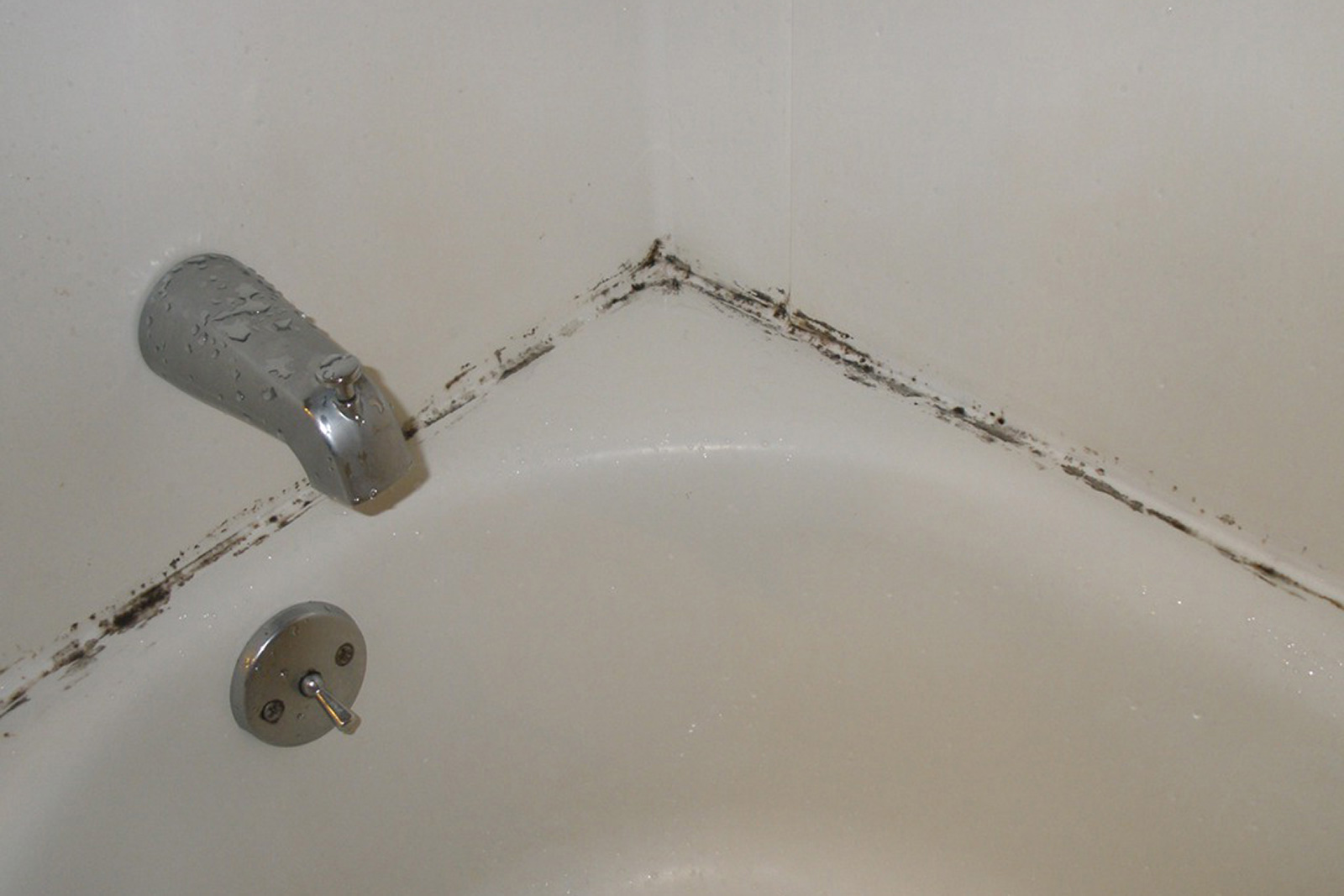
Choosing mold-resistant materials for your bathroom can significantly reduce the likelihood of mildew growth. Opt for tiles with mold-resistant properties or apply a mold-resistant sealant on existing tile surfaces. Consider using mold-resistant paint on walls and ceilings. Additionally, replace shower curtains and bath mats with mildew-resistant alternatives that are easy to clean and maintain.
Address Plumbing Issues
Leaky pipes or faucets can contribute to excessive moisture in the bathroom, creating an ideal environment for mildew growth. Promptly repair any leaks to eliminate a potential source of moisture. If you're unsure about the plumbing system, consult a professional plumber to identify and fix any underlying issues. Resolving plumbing problems not only prevents mildew but also saves water and reduces the risk of further damage.
Conclusion:
Getting rid of bathroom mildew requires a combination of preventive measures and regular maintenance. By improving ventilation, keeping surfaces dry, adopting a cleaning routine, and addressing moisture sources, you can effectively combat mildew growth. Remember to stay consistent with these practices to maintain a clean and mildew-free bathroom. With these strategies in place, you can enjoy a fresh and healthy environment while bidding farewell to bathroom mildew.
You Might Also Want To Read This
Popular Posts







